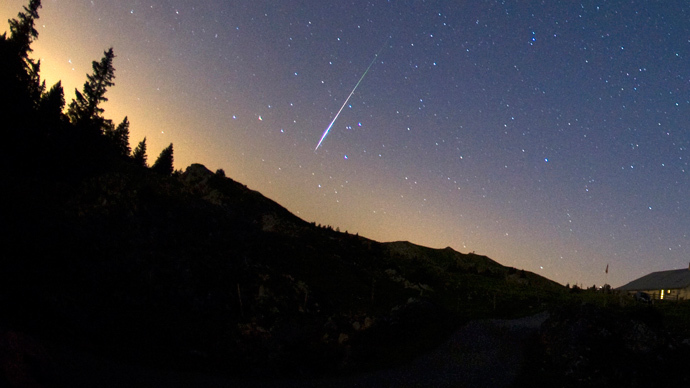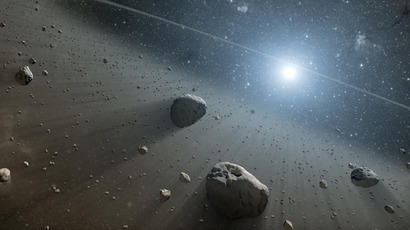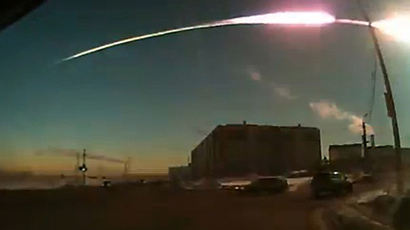Prehistoric Canadian meteor caused ‘dawn of civilization’ - study

For the first time, scientists have found “conclusive evidence” indicating that an asteroid or comet that struck Quebec around 12,900 years ago led to the development of agriculture and the “dawn of civilization.”
Scientists from Dartmouth University and their colleagues believe
the impact that took place at the beginning of the Younger Dryas
period - 12,900 years ago - caused the abrupt change to a colder,
drier climate.
The new research, which was published in the Proceedings of the
National Academy of Sciences(PNAS), presents “conclusive
evidence” represented by spherules - droplets of solidified
molten rock - that were formed in the course of the collision of
an extraterrestrial body with our planet.
The rocks were found by researchers from Pennsylvania and New
Jersey. Tests have reportedly proven that the rocks appear to be
identical to those found in southern Quebec, the site of the
supposed impact.
“What is exciting in our paper is that we have for the first
time narrowed down the region where a Younger Dryas impact did
take place…even though we have not yet found its crater,”
said Mukul Sharma, a professor in Dartmouth’s Department of Earth
Sciences and one of the authors of the paper.
As a result of the impact and dramatic climate change - also referred to as the ‘Big Freeze’ - mammals including mastodons, camels, giant sloths, and saber-toothed cats all vanished in North America, forcing human hunters to set aside their spears and instead gather plants and cultivation.

Meanwhile in the Mediterranean, the first farmers started to grow
crops - thus the invention of agriculture served as a pivotal
step in the development of communities and the division of labor,
and led to the establishment of civilization.
“The Younger Dryas cooling is a very intriguing event that
impacted human history in a profound manner,” Sharma said.
“Environmental stresses may also have caused Natufians in the
Near East to settle down for the first time and pursue
agriculture.”
The environmental changes that marked the begging of the Younger
Dryas were not an issue of dispute. However, the new research
offers an alternative theory.
The classical theory of the climate change suggests that the
rupture of an ice dam in the North American ice sheet led to the
surge of melt-water into the Atlantic Ocean. This event in turn
influenced the ocean currents, moving the tropical water
northward and cooling the globe.
There have been multiple impacts in different parts of the world
which have brought about the cooling of temperatures, Sharma
said.
Quebec is already the site of the Manicouagan crater, one of the
oldest known impact craters and the largest visible one on Earth
- roughly 215 million years old. The region also boasts the
four-kilometer-wide Corossol crater. However, the paper states
that its mineralogical and geochemical characteristics do not
match the material found in Pennsylvania and New Jersey.














